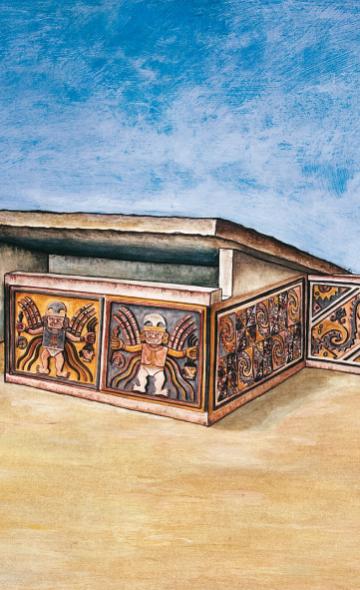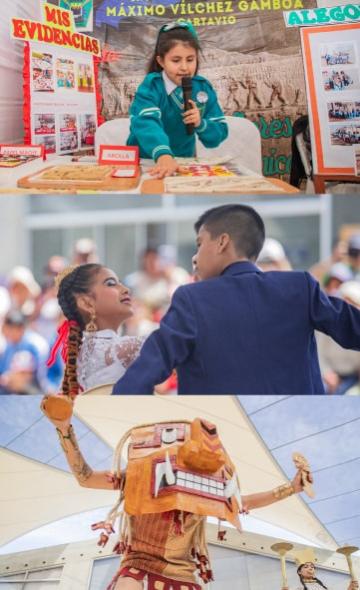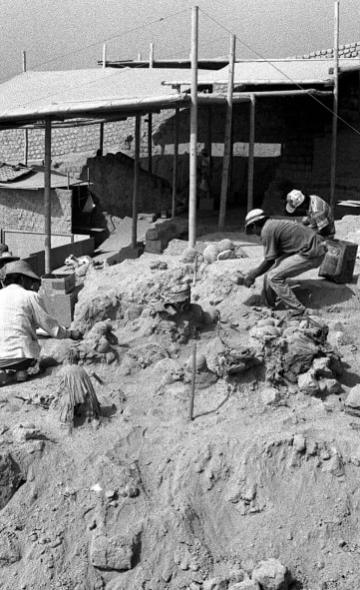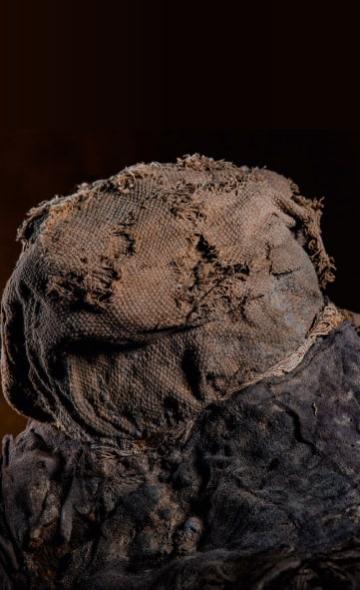- Visitors
- Researchers
- Students
- Community
- Information for the tourist
- Hours and fees
- How to get?
- Virtual tours
- Classic route
- Mystical route
- Specialized route
- Site museum
- Know the town
- Cultural Spaces
- Cao Museum
- Huaca Cao Viejo
- Huaca Prieta
- Huaca Cortada
- Ceremonial Well
- Walls
- Play at home
- Puzzle
- Trivia
- Memorize
- Crosswords
- Alphabet soup
- Crafts
- Pac-Man Moche
- Workshops and Inventory
- Micro-workshops
- Collections inventory
- News
- Students
- The Origin of the Mochica Culture: A Journey to Its Beginnings
News
CategoriesSelect the category you want to see:

International academic cooperation between the Wiese Foundation and Universidad Federal de Mato Grosso do Sul ...

Clothing at El Brujo: footwear ...
To receive new news.
Por: Complejo Arqueológico El Brujo
The study of the origin of the Mochica culture, based on the research that has been carried out in the different archaeological complexes that testified to this cultural group, has yielded different theories. On this journey to its beginnings, we will discover the different and enigmatic origins of this civilization that flourished in the ancient territory of our Peru. Join us on this tour!
The Roots of the Mochica in the Gallinazo Society
The foundations of the Mochica culture are firmly rooted in the Gallinazo society, a cultural group that developed from 200 B.C. to 600 A.D., according to the studies of Jean-François Millaire. Although the seed of the Mochica was germinated in this environment, its full development manifested itself approximately three centuries later. Nonetheless, despite the temporal separation between these two groups, their shared roots are observed in the thesis proposed by Millaire.

Coexistence of Moche entities and their common codes
Millaire's theory is not the only one that addresses the origin of the Mochica culture. There is also another proposal by Luis Jaime Castillo and Christopher Donnan (1994). These researchers posit that several Mochica entities coexisted between 200 and 800 A.D., sharing cultural and social codes. This fragmented view of the Mochica origins adds complexity to understanding how this culture came to be, because through these hypotheses it is posited that the Mochica culture could have arisen from interactions and fusions between different Mochica entities over a long period.
The Mochica rise and break
The studies by Bawden (1994) and Quilter (2010) provide a perspective on the emergence and break of the Mochica culture. These researchers posit that around 200 A.D., a society inherited from the ceremonial traditions of the Formative Period arose, designing a religious system that influenced groups settled in the valleys of the northern Peruvian coast. This emergence marked a break with the Gallinazo society that occupied the region three centuries earlier. Here, the Mochica culture becomes a distinctive entity that transcends its roots.
Mochica territorial diversity
On the other hand, Giersz's research in 2011 reveals the distribution of the Mochica culture in different valleys of the northern Peruvian coast. These territories were not only vast, but also diversified. Two main Mochica territories are identified: the northern one, from Alto Piura to the Jequetepeque Valley; and the southern one, which extended through the valleys of Chicama and Huarmey. This territorial diversity suggests the adaptation of the Mochica culture to various environments.
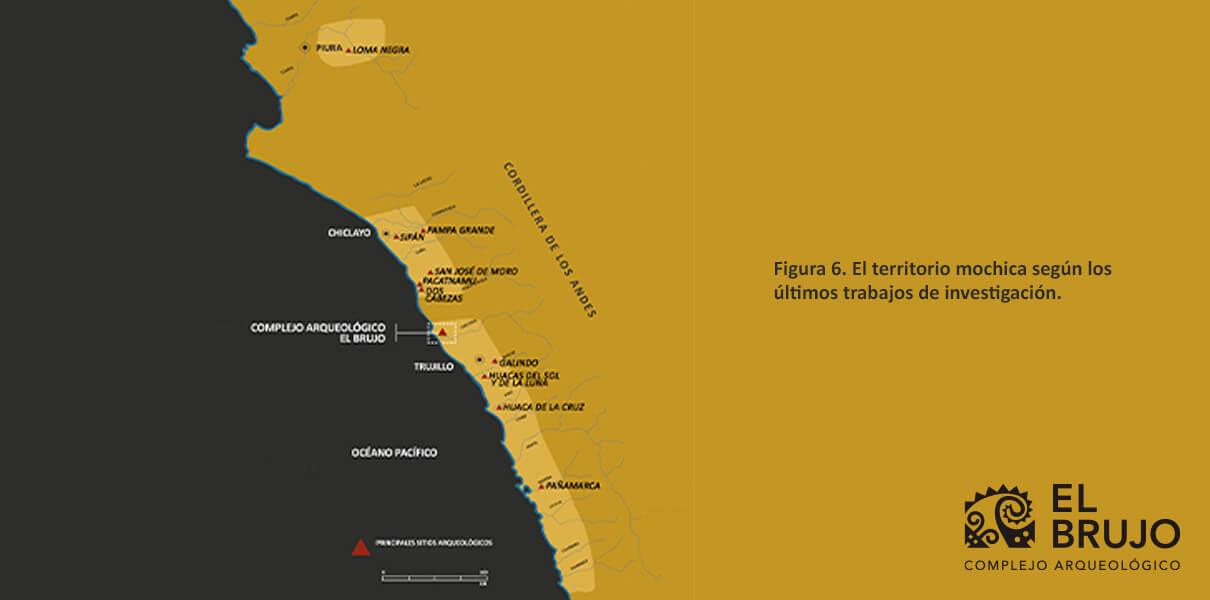
On the decline and legacy of the Mochica culture
The decline of the Mochica culture, between the years 600 and 650 A.D., is attributed to the climate crisis and the expansion of the Wari society. However, detailed understanding of the internal dynamics of the Mochica groups is still scarce. After their collapse, the Mochica territories were succeeded by the Chimú and Lambayeque cultures. These changes are attributed to various factors depending on the regions affected.
Visit the El Brujo Archaeological Complex and find out more about the history and origin of the Mochica culture
As you can notice, there are different hypotheses and theories about the origin of the Mochica culture. And, undoubtedly, there will continue to be new revelations as excavations and discoveries continue to be made at the Mochica archaeological sites.
If you want to get a close look at the history and penetrate the origin of the Mochica culture, we invite you to visit the El Brujo Archaeological Complex. In this place you will be able to get to know up close the ancient huacas built by this civilization and walk through stagings where they practiced old rituals and ceremonies.
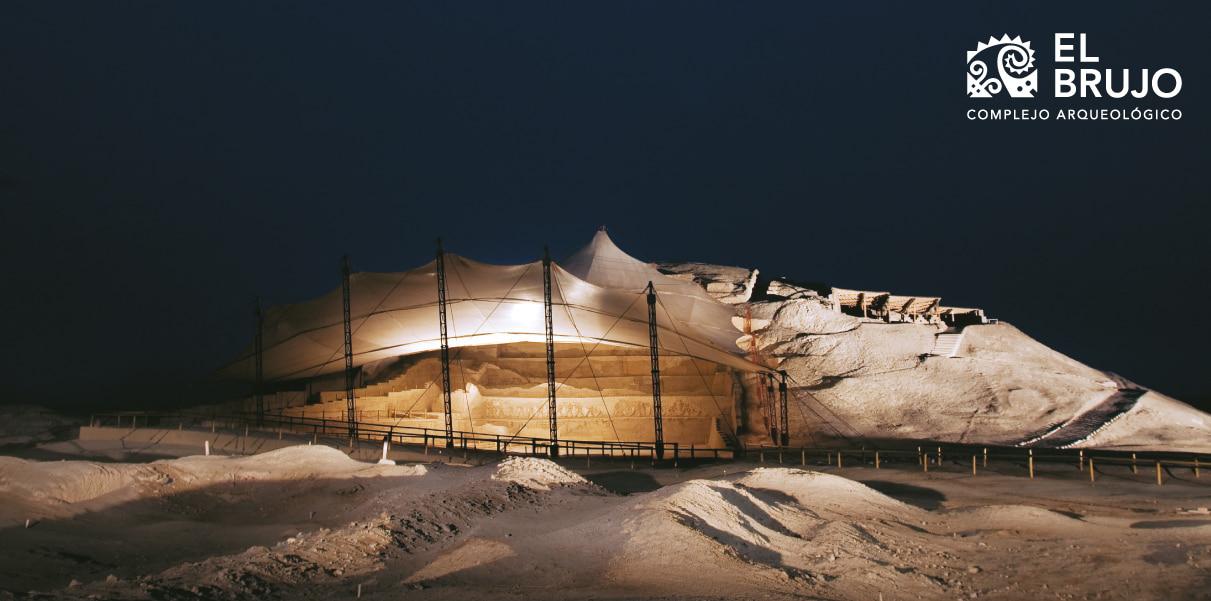
At the El Brujo Archaeological Complex, we offer you three tourist routes to approach the Mochica civilization. Follow the Classic Route to see the main monuments of the complex and the Cao Museum. Choose the Mystical Route to live a spiritual experience at the facility, or bring out your research side with the Specialized Route and go for access to the storage depot, to the laboratory and to a micro-workshop during your visit. Do you want to know more about our tours? Go to the "Visitors" section of our website: https://www.elbrujo.pe/
You can also read:
1. The Moche: Everything you need to know about this pre-Hispanic culture
2. Exploring Ceramics - Víctor Alfaro: "Learning from art expands the mind"
Students , outstanding news


